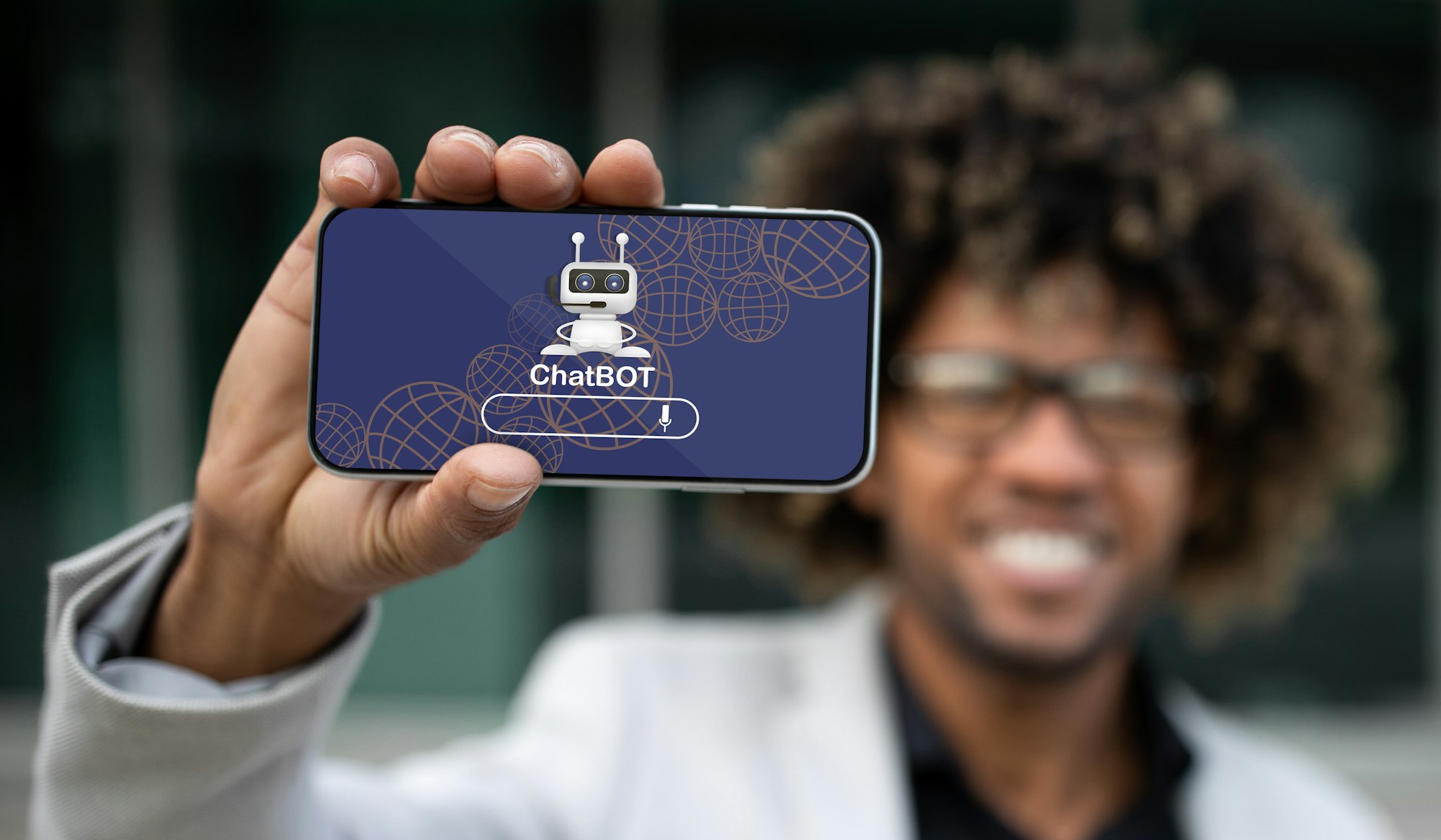Integrating a chatbot into your website can significantly enhance user engagement, streamline customer support, and drive conversions. The process may seem daunting, but with the right tools and approach, you can have a functional chatbot up and running in just a few minutes. This article will guide you through the steps to quickly and efficiently integrate a chatbot into your website, ensuring a seamless user experience and maximizing the benefits of this powerful tool.
Choosing the right chatbot platform
The first step in integrating a chatbot is selecting the right platform that aligns with your needs. This step is essential if you want a business chatbot for meeting your needs. Many chatbot platforms offer user-friendly interfaces and pre-built templates that simplify the setup process. When choosing a platform, consider factors such as ease of use, customization options, integration capabilities, and pricing.
A lire en complément : What Are the Latest Innovations in Eco-Friendly Data Center Cooling Solutions?
Once you have selected a platform, sign up for an account and explore its features. Most platforms offer drag-and-drop interfaces that allow you to design your chatbot’s conversation flow without needing coding skills. Take advantage of these features to create a chatbot that aligns with your business goals and user needs.
Designing your chatbot
After selecting a platform, the next step is designing your chatbot. Begin by defining the primary objectives of your chatbot, such as answering frequently asked questions, assisting with product recommendations, or capturing leads. Clear objectives will guide you in creating a focused and effective conversation flow.
En parallèle : 10 professional tips to get the most out of MyImageGPT
Use the platform’s tools to design the chatbot’s interaction flow. Most platforms offer templates that you can customize to fit your needs. Start by creating welcome messages, setting up common responses, and defining actions based on user inputs. Incorporate personalization elements, such as addressing users by their names or tailoring responses based on user behavior, to enhance the interaction experience.
Embedding the chatbot on your website
Once your chatbot is designed and ready, it’s time to embed it on your website. Most chatbot platforms provide straightforward integration options that do not require technical expertise. Typically, you will receive an embed code or script from the platform that needs to be added to your website’s code.
Log in to your website’s content management system (CMS) or access the HTML code of your site. Paste the provided embed code into the appropriate section of your site’s code, usually in the footer or header. Save the changes and refresh your website to see the chatbot in action. Many platforms also offer plugins or widgets that simplify the embedding process, allowing you to integrate the chatbot with just a few clicks.
Testing and optimization
After embedding the chatbot, it’s essential to test its functionality to ensure it operates as intended. Interact with the chatbot using different scenarios to verify that it responds correctly and handles various inputs effectively. Testing helps identify any issues or gaps in the chatbot’s responses, allowing you to make necessary adjustments.
Maintaining and updating the chatbot
Integrating a chatbot is not a one-time task; it requires ongoing maintenance and updates to remain relevant and effective. Regularly review and update the chatbot’s content to reflect changes in your business, products, or services. Ensure that the chatbot remains aligned with user expectations and continues to provide accurate and helpful information.
Enhancing chatbot functionality
To further enhance your chatbot’s functionality, consider integrating additional features such as artificial intelligence (AI) and machine learning. These technologies enable the chatbot to understand natural language, recognize user intents, and provide more accurate and contextually relevant responses. AI-powered chatbots can handle more complex interactions and offer a more personalized experience.
In summary, integrating a chatbot on your website can be a quick and straightforward process when approached with the right tools and strategies. By choosing the right platform, designing a user-friendly chatbot, embedding it efficiently, and continuously optimizing its performance, you can enhance user engagement, streamline customer support, and drive business growth. Regular maintenance and updates, along with advanced functionality enhancements, will ensure that your chatbot remains effective and provides ongoing value to your users.











